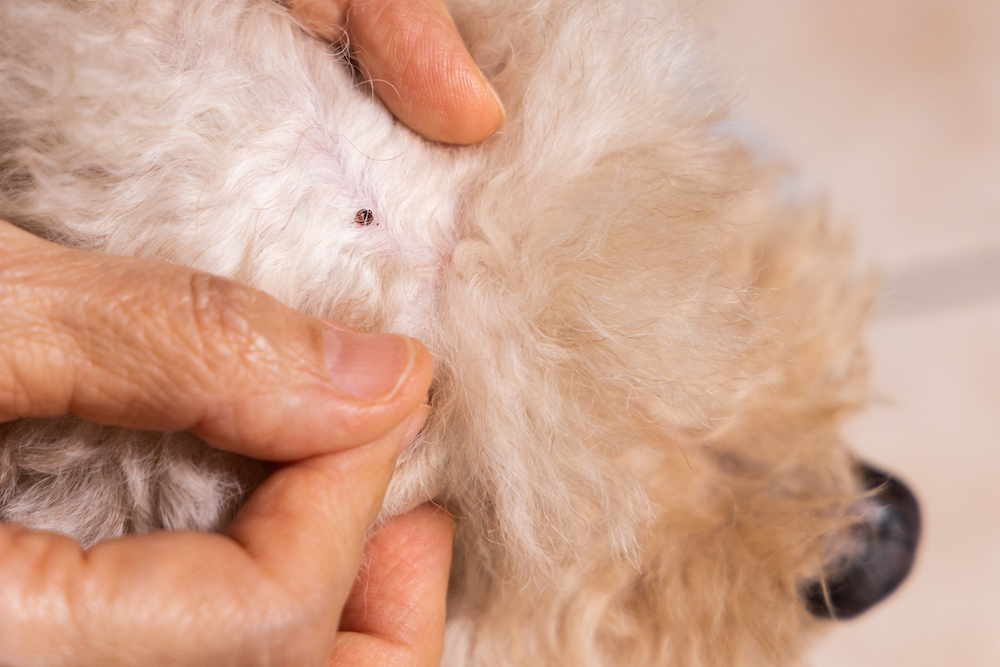Is Chocolate Bad for MY Pet?
Dr. Hillary Segl

With the holidays here, we hear this question every day! In most cases, cats won’t eat sweet items like cake and candy. Usually dogs get into trouble with chocolate, sometimes with fatal results. A small amount of chocolate, like the chips in a cookie, is normally not a problem. A larger amount, several ounces, can cause illness and death. The active ingredients in chocolate are theobromine and caffeine, so it makes sense that the signs of chocolate toxicity include hyperactivity, tremors, panting, and twitching. Very bad cases can lead to seizures, racing heartbeat (called tachycardia), abdominal pain, and death. Other signs include vomiting, diarrhea and decreased appetite- think of a small child who’s eaten too much candy.
Chocolate treats may include artificial sweeteners like xylitol, which is toxic to dogs,and lots of fat. The fat can cause pancreatitis, a condition where the pancreas becomes inflamed and causes severe abdominal pain, repeated vomiting, and loss of appetite. This condition requires hospitalization to treat.
How much is too much? A 20# dog that eats 4 ounces of milk chocolate will probably have vomiting and diarrhea at least, and may have tachycardia. The same 20# dog can die if he eats only 8 ounces of milk chocolate! Treat-size candy bars usually run between ½ and 1 ounce each, so it does not take much. Remember: the darker the chocolate, the more active ingredients and the worse the poisoning. Baker’s chocolate and dark (70% +) chocolates can be toxic in small amounts.
If you are worried about chocolate toxicity, call your vet right away. Often we can induce vomiting and remove most of the problem. Chocolate takes about 4 days to get out of the system, so “better out than in”. Remember that dogs have a terrific sense of smell, so hiding chocolate out of sight is not enough: it must be secured in a spot they can’t open, like a locked cupboard. Let children know that stashing their Halloween candy under the bed can be harmful to the pet, too!
For more information, check out: www.VeterinaryPartner.com





